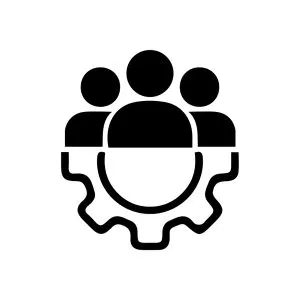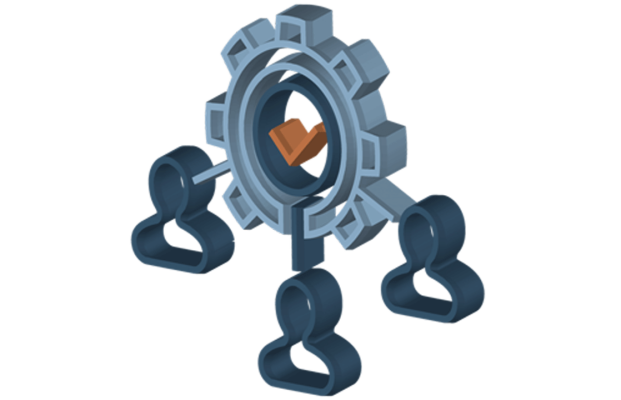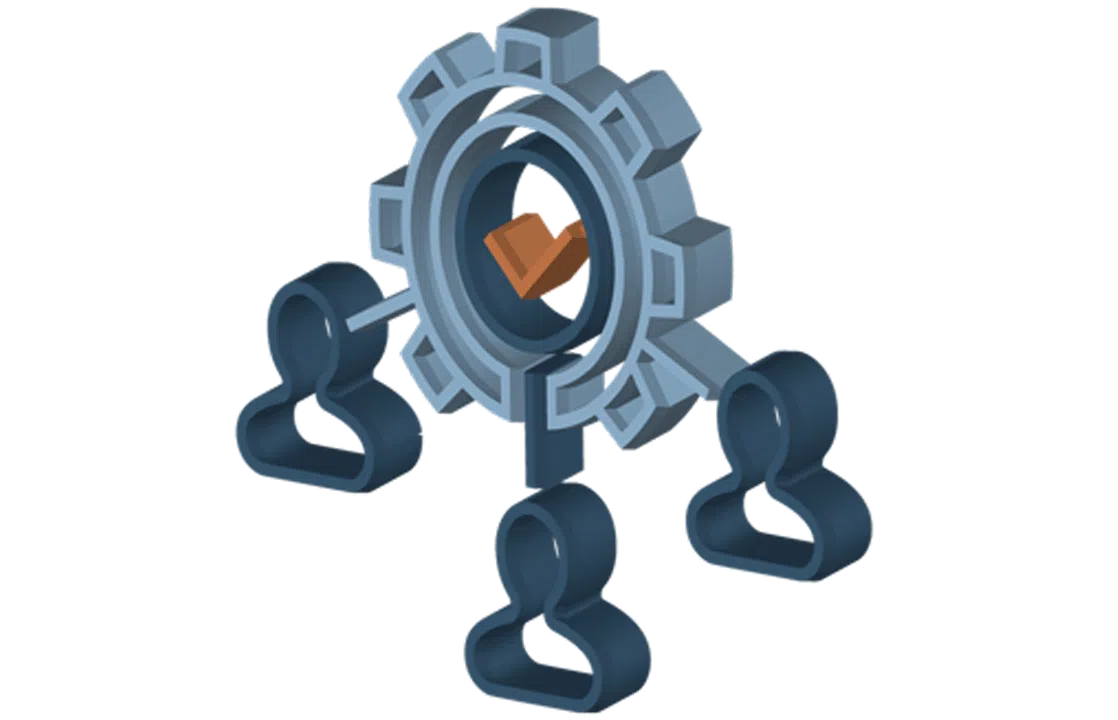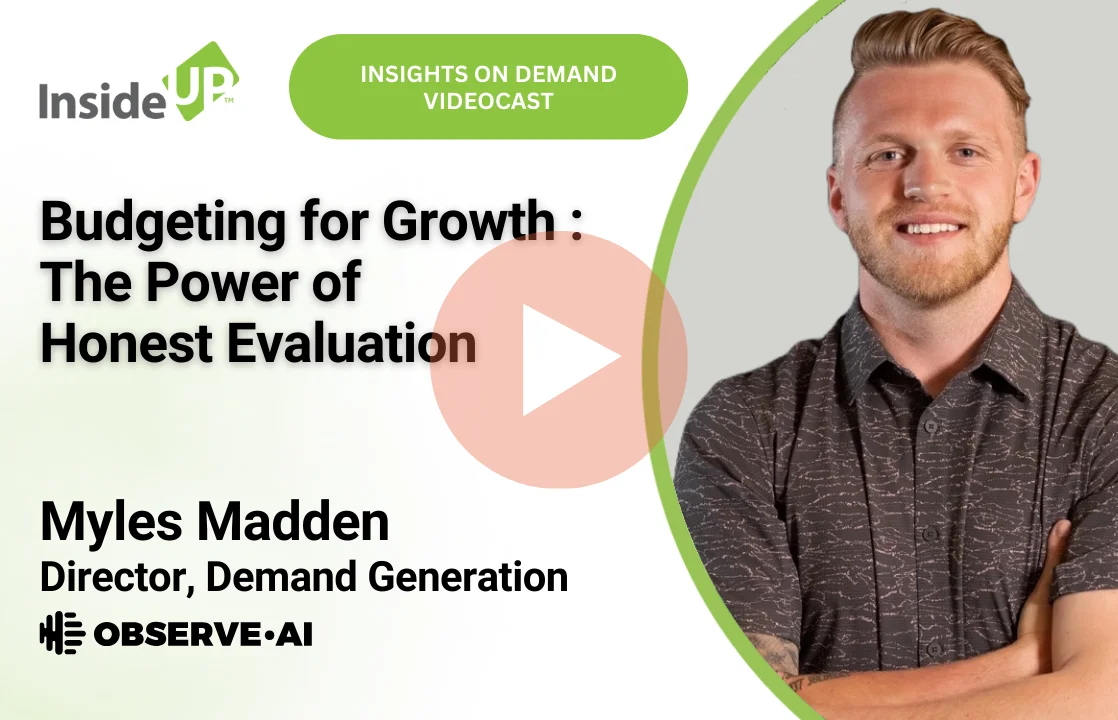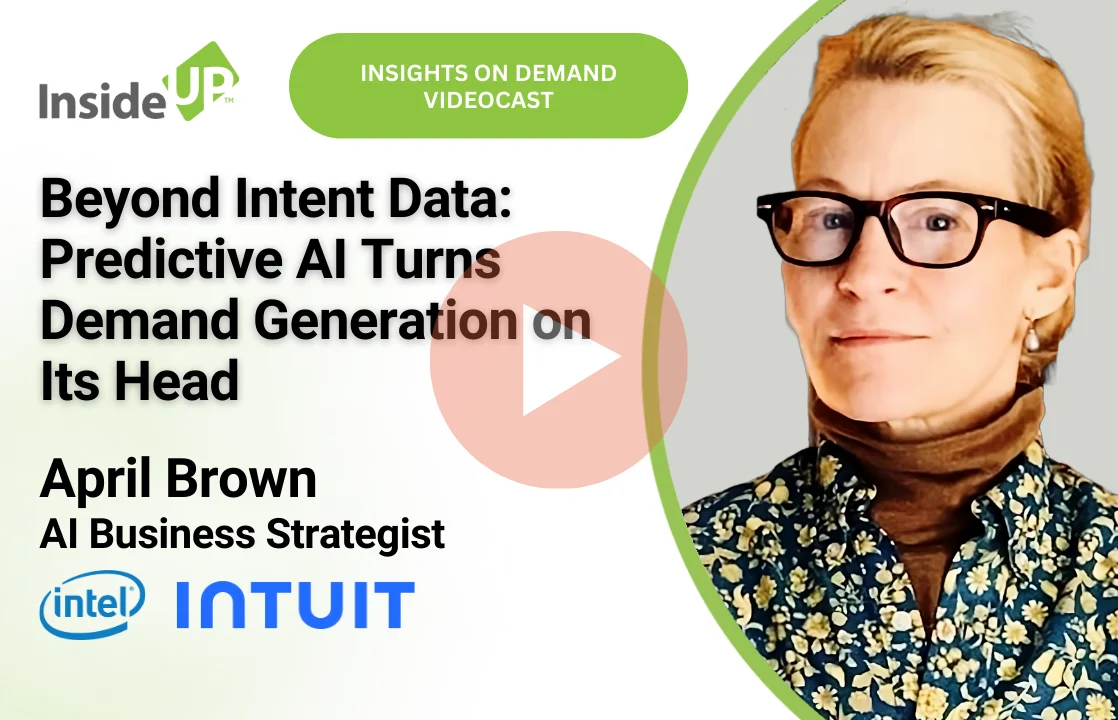
My latest interview, as part of an ongoing study series sponsored by InsideUp on the impact of buying committees, was with Bill Hurley. Bill was most recently the Chief Marketing & Product Officer at Syniverse where he led their move into the enterprise space by creating and implementing new brand, product & go-to-market strategies.
Bill is a global marketing leader who has focused on driving revenue growth throughout his career. This revenue growth has typically been created from an emphasis on digital transformation and improving the customer experience through customer lifecycle marketing. The advent of the COVID situation in 2020, however, has accelerated this transformation and generated new pressures on IT.
Customer Journey
Bill credits his experiences at Peppers & Rogers as being foundational in his professional development as a marketer. At the agency, he learned the importance of identifying customers, knowing who they are individually, and differentiating them based on the perceived value they receive from you. With that understanding, marketers can begin to develop specific interaction strategies and craft experiences across the entire customer lifecycle. From that lifecycle, you are able to define a customer journey and identify the most important touch points for each segmented group of customer needs. You then manage the message and orchestrate the experience. Content is customized based on the type of interaction required and the value it holds for the customer. This is fundamental to influence and drive revenue growth. Scaling impactful customer experiences, and thereby driving growth, requires digital competency which naturally leads us to digital transformation.
KEY TAKEAWAYS
- 1. Revenue growth comes from focusing on digital transformation and improving the customer experience
- 2. Digital transformation can be viewed through two lenses
- i. Enterprise self-assessment
- ii. A mixture of operational efficiency, CX, product agility and risk management
- 3. IT departments face new and accelerating demands to meet and support the demands of the rapidly transforming lines of business
- 4. Your brand should be reflective of a “winning aspiration”
- 5. Always understand, and align with, the customer lifecycle
Digital Transformation
Digital transformation should be viewed through two lenses. The first is what every enterprise should have been doing – and continue to do. This is self-assessment. All businesses should know the extent of their current digital capabilities and technological leadership in order to transform.
The second lens of digital transformation, that all companies are faced with now, usually manifests itself in at least one or two of the following four imperatives:
- 1. Operational efficiency
- 2. Customer experience
- 3. Product agility
- 4. Risk management & security
Digital transformations, occurring globally and within modern society, have changed the way customers and employees think about interacting with organizations. Although these digital transformations were happening before COVID hit, they are now accelerating like crazy.
New Pressures on IT
IT departments are being forced to support new processes and demands from the business. This is not about reacting to COVID, this is about enabling digital transformation. For example, the IT organization now has to support new sales & marketing models. How does IT assist sales & marketing to pull off a 10,000-person virtual event in a way such that the enterprise is not exposed to security threats? In the past, this might have been an in-person event in which enterprise IT had limited exposure and responsibility. Now, the IT organization has to take on so much more responsibility, while still managing disaster recovery, network security, data backups etc.
In the past, a line of business might go into stealth mode and implement SaaS-based solutions and not even inform IT. IT is responsible, now more than ever, for securing all points of exposure to the enterprise and has to rein in all these stealth deployments. However, IT cannot simply lock down all these applications or block them as they could be highly important to keeping the enterprise afloat. This is the essence of enterprise cloud computing: “It is the very definition of interoperability when it comes to applications, systems and data”.
In sales and marketing circles, everything has been about co-creation with the customer. Now, IT needs to be thinking about co-creation with their internal customers.
Vision, Strategy & Execution
Bill contends that a company’s brand should be reflective of its “winning aspiration”. Internal employee culture needs to align with that thought as well. Questions need to be asked and answered: “Where are we going to compete? How are we going to win? What are the capabilities and expertise that we must build in-house?” Once that “winning aspiration” has been defined, then you start breaking that down into a vision. Specific strategies of customer lifecycle management, to help achieve that vision, must talk about ways to win, compete, and how to bring in other capabilities. Each of those strategies have, in turn, specific execution steps associated with them, and metrics to determine if are we getting where we need to go.
Conclusion
Bill believes that the entire enterprise must understand what the customer journey is and be aligned to that. “You need to go out and talk to customers about how and what they’re doing, how they are touching your organization and in what ways. What problems need to be solved?” Understanding the value they perceive from you, and where in their journey is that value recognized, is key.
Bill’s experience at the helm of some very large communications companies and his thoughts on aligning with the customer journey (even in the midst of an accelerated digital transformation), has been insightful. We appreciate the time Bill took to offer us a small glimpse into his approach.
InsideUp, a leading demand generation agency, has over a decade of experience assisting technology clients, that target mid-market and enterprise businesses, by meeting and exceeding their key marketing campaign metrics. Our clients augment their in-house demand generation campaigns (including ABM) by partnering with us to build large sales pipelines. Please contact us to learn more.














